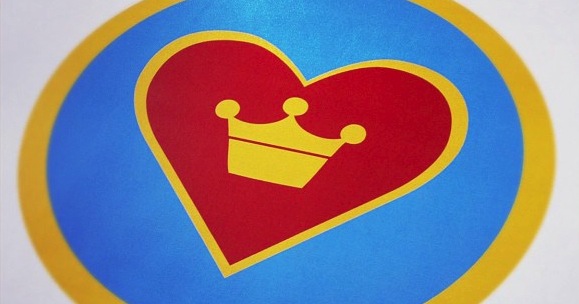
In fact, gamification boosts commenting 13 percent, social sharing to Facebook, Twitter, and networks 22 percent, and content discovery by a massive 68 percent.
[aditude-amp id="flyingcarpet" targeting='{"env":"staging","page_type":"article","post_id":705866,"post_type":"story","post_chan":"none","tags":null,"ai":false,"category":"none","all_categories":"big-data,business,enterprise,social,","session":"D"}']“Sharing and comment are good for business, obviously,” Gigya marketing manager Victor White told me last week. “So having gamification tied in to to sharing and commenting is really valuable.”
Gigya offers social infrastructure services that gamifies sites as well as providing services like social login. According to the company, it touches 1.5 billion users monthly, and half of the ComScore 100 use its services.
AI Weekly
The must-read newsletter for AI and Big Data industry written by Khari Johnson, Kyle Wiggers, and Seth Colaner.
Included with VentureBeat Insider and VentureBeat VIP memberships.
Adding gamification to a site, of course, means giving users points, badges, status, and rewards for engaging in desired actions. Done thoughtlessly, it can seem random or manipulative. Embedded intelligently into the core of a site’s purpose, however, it can enhance the user experience and significantly boost both engagement and user growth.
“We have limits in place so users can’t ‘game’ the system and so they don’t spam all their networks in order to level up,” he said.
“Leveling up” is a term from gamer culture, where in order to achieve higher status, gamers must defeat multiple levels or engage in sometimes repetitive tasks. Apparently, some people do this on gamified websites for status, to get some kind of physical reward, or simply to hit the leaderboard.
Commenting and sharing are pretty obvious and simple. But the activity feed is something that many sites have not yet incorporated. It provides a form of social proof, White says, that a site and its content are worthwhile.
“It allows users to see what other socially connected users are doing on the site,” he said. “For example, ‘Victor just shared this article to FB.’ That’s a method of really increasing content engagement, and if you’ve integrated gamification into that, the user has more incentive yet to check it out.”
[aditude-amp id="medium1" targeting='{"env":"staging","page_type":"article","post_id":705866,"post_type":"story","post_chan":"none","tags":null,"ai":false,"category":"none","all_categories":"big-data,business,enterprise,social,","session":"D"}']
It also helps brands to identify and target their biggest fans, as they now can tie demographics to actual behaviors. For example, not only does a particular user live in a California and likes the Golden State Warriors, she’s also your top social sharer and has a ton of influence in her online network.
That’s why Pepsi used the solution for Pepsi Soundoff for X Factor and Super Bowl social media promotions, White says. And the social part is critical.
“Gamification needs to be tied to social,” White says. “It’s often thought to be social inherently, but it’s not — there’s a difference between getting a badge, and getting a badge and sharing it. One is social, and one is not.”
photo credit: compscigrad via photopin cc
[aditude-amp id="medium2" targeting='{"env":"staging","page_type":"article","post_id":705866,"post_type":"story","post_chan":"none","tags":null,"ai":false,"category":"none","all_categories":"big-data,business,enterprise,social,","session":"D"}']
VentureBeat's mission is to be a digital town square for technical decision-makers to gain knowledge about transformative enterprise technology and transact. Learn More
